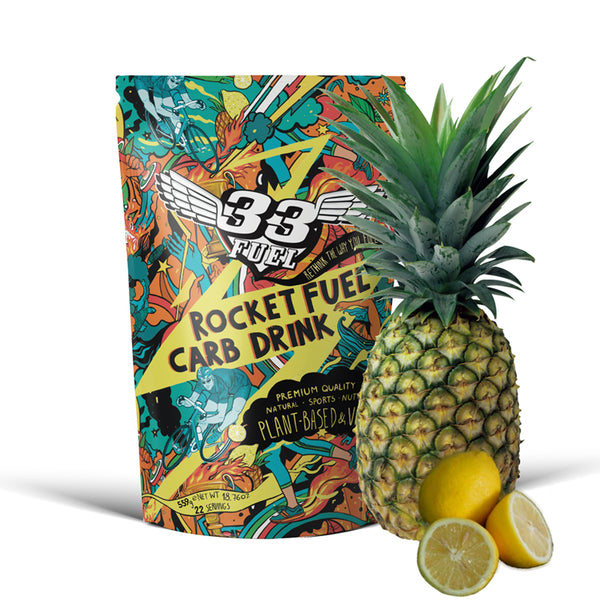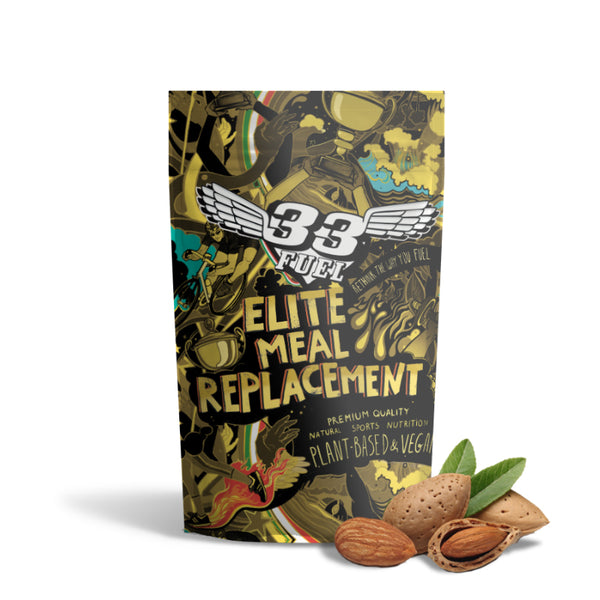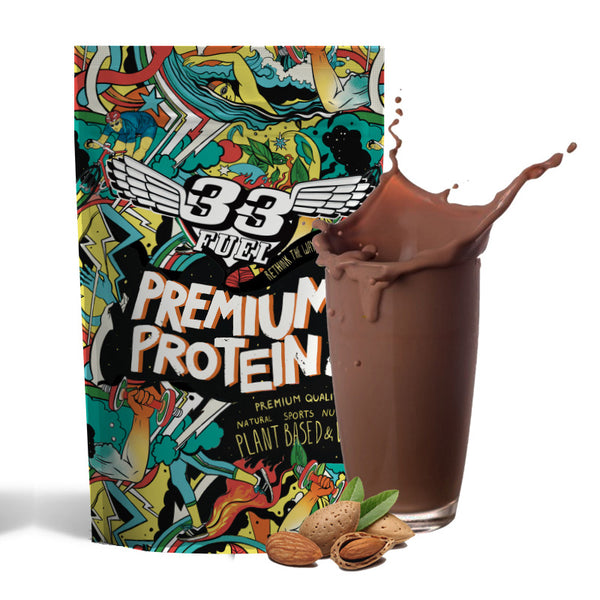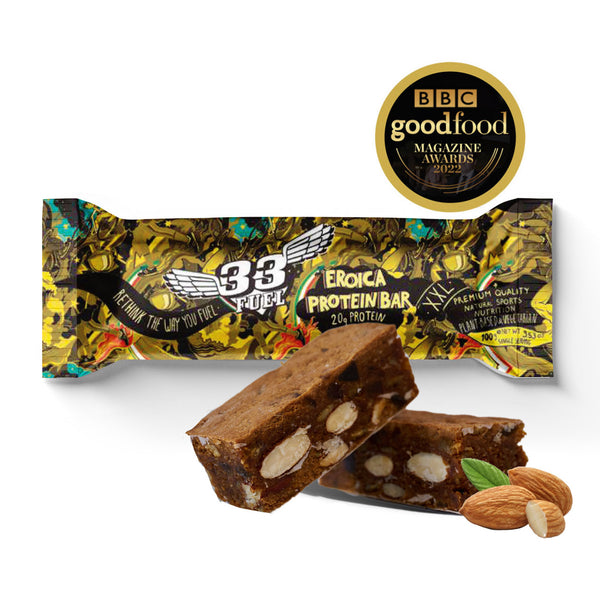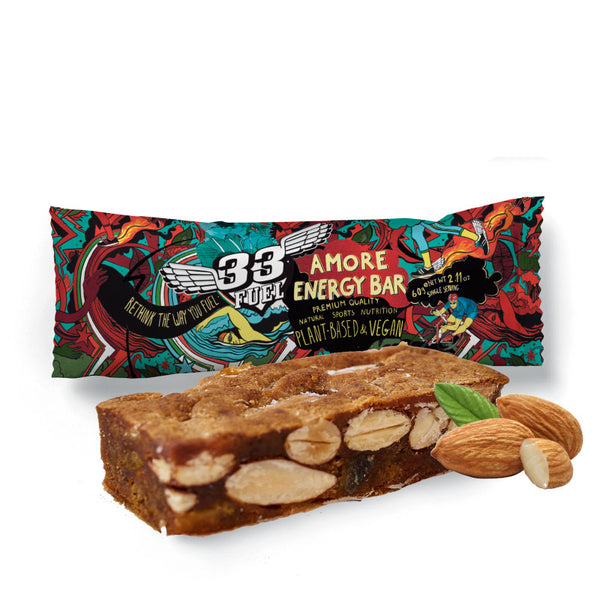Endurance athlete mindset with David Blakeley

We were recently lucky enough to spend a morning training with the special forces soldier turned author David Blakeley and his insight into developing mental toughness and a bulletproof endurance athlete mindset was phenomenal
“Your body is capable of far more than you think,” says David Blakeley as we stand on a windswept spot of leafy parkland in West London, ankle deep in mud.
He's better qualified than most to make statements like this.
From many this sort of chatter could be dismissed as empty hyperbole but when it’s coming from an ex-special forces soldier who’s put his mind and body through the toughest tests going, has run covert missions deep behind enemy lines in Iraq and Afghanistan, often with little or no support, and who has bounced back to peak physical fitness from near-fatal injury, well, we think it’s worth paying attention.

Mud, sweat, graft and achievement - Blakeley's specialist subjects
Having joined the Parachute Regiment and earned the accolade of becoming its then youngest captain, Blakeley found himself itching for a bigger challenge.
“I wanted to do the most Hollywood job of war fighting, sneaking around in small teams of elite men causing chaos”.
That meant special forces and Blakeley’s goal was the Pathfinders who face the same gruelling selection as the SAS. Top class fitness would be essential but without equally elite mental toughness, it would count for nothing.
“People say units like the Pathfinders are full of superhumans but actually a lot of are ordinary people doing extraordinary things. A lot of guys who may be considered the fittest, fastest or strongest, they often don’t get in.
“All the way through selection people are ‘binned’, but most are ‘VWs’, voluntary withdrawals.
"Sometimes it can be that physically they really can’t go on because their knee is so screwed or their ankle is shot, but everyone on the course will be carrying injuries – on Pathfinder selection your body gives up pretty much on day one no matter how fit you are – but everyone has the potential to keep going.
"I’ve had friends who were having Voltarol injected into their arses at checkpoints by medics to keep pushing on and that’s the key thing separating those who pass from those who don’t. They never give in.”
To make sure he never gave in, Blakeley harnessed several key tricks and fuelled them all with his own desire to make it through selection. The tricks themselves are simple enough, they could even be boiled down to plain old stubbornness, but once desire is harnessed and driven into them they can become powerful beyond belief. Best of all, they’re tricks we can all use to push our own fitness, and our own lives, onwards and upwards in the directions we dream of.
“If you allow your mind to take over and doubt to creep in and grow, you’re likely to give up so during selection, every few hundred metres if need be, I would repeat to myself ‘I will not give in’, because I couldn’t live with the fact that I had surrendered. If they wanted to fail me, fine, but at least I wouldn’t fail myself. I visualised making it to the end, never giving in.
"Even when my head was knackered, my knees were f*cked, my ankles battered and I was incoherent because of the freezing cold, I was just going to keep going, being that ignorant war horse who’s never going to stop. Do that and you can get anywhere.”
For Blakeley, the rewards of passing selection were even more hard work
“Once you’re into the unit it’s not like it’s done and you’re sitting back drinking tea all day. It’s just the beginning and the intensity goes up again.”

Commuting, pathfinder style. When this is the way you go to work, mental toughness is essential
Best Sellers
Blakeley had assumed his next challenge would be serving with the Pathfinders and initially it was, but during the invasion of Iraq fate threw him a curveball as the vehicle he was in rolled, pinning him beneath it. Stuck face down in the sand with his right arm paralysed, a crushed shoulder joint, eight broken ribs and his lungs filling with blood that was drowning him, and all within range of Iraqi artillery that had been pounding the position earlier, this was a rocky situation to say the least.
“I was seconds from dying when they managed to pull me out. People say your life flashing before your eyes is a cliché, but believe me, it really does.”
Back in the UK Blakeley was told he’d never use the right arm again. Funnily enough, he didn’t believe this and nor did he give up.
“What’s happened even two seconds ago we can’t change, but what’s happening next we have the power to change. It’s about not getting caught up in the negative things in your past but instead pushing forwards."
Eighteen months of painful rehab followed. Simple tasks like shaving had to be relearned and instead of facing down enemy positions or hacking out solo weeks in the wild, Blakeley’s goals were now moving his arm another inch, stretching his resistance band that little bit further, or hitting a ping pong ball. He attacked these with the same focus and not only returned to full fitness but also returned to active service in the Pathfinders.
His attitude can be comfortably summed up in his favourite Churchill quote: “Never give in. Never, never, never give in”.
How to build the ultimate endurance athlete mindset - David Blakeley's top tips:
Mindset tip 1: Visualisation - see, feel and taste what you want, then make it happen
“The people who are the most successful or the best at tough events and new challenges are able to visualise what it will be like accomplishing that goal. How will you ever get where you want unless you can visualise what it is like to get there and what the feeling will be like when you arrive? The key to all of it is what’s in your head – focus on your goal, focus on feeling in every way what achieving it will be like."
Mindset tip 2: Focus - ignore anyone who says you can't achieve your goal
“Never listen to the naysayers. When you’re planning a big goal, plenty of people will tell you that you can’t, that it’s only for the experts, the superfit, whatever. If you don’t do something because of these people, don’t blame them – blame yourself for paying attention. Why can’t you be in an elite unit, run your first 10K, finish an Ironman? There are a lot of ordinary people doing these things but the difference is they’ve adapted, visualised where they want and gone for it. They haven’t let the naysayers drag them down.”
Mindset tip 3: bracketing. Big picture too scary? Just break it down
“Some challenges are too big. Take the Marathon des Sables [six marathons, in six days, in the Sahara desert carrying all your food and equipment] for example. When you arrive on day one what you’re about to attempt feels outrageous. If you allow that thought to grow you might as well give in on the spot.
“So you don’t focus on having six marathons ahead of you, you focus instead on the next immediate smaller goal – reaching the next checkpoint, crossing the next sand dune, even just taking the next step, and when you’ve made it to that point, whatever it is, forget it, pick the next one, and keep going. It’s like meditation, you’re focusing everything on that next improvement.
“I did this with Pathfinder selection and with rehabilitation after my injury when instead of looking at what I couldn’t do, which was a lot, I just aimed for improvement every day, no matter how small. That’s the beauty of this technique, you can apply it to any challenge in your life.”
Mindset tip 4: harness your achievements – there are milestones everywhere en route to your goal. Find them, celebrate them, draw strength from them
“Recognise every achievement you make, even the smaller ones on the way to your main goal, and use them to motivate you forwards. Just like bracketing and visualisation this can be applied to any challenge you want to take on.
“At the end of each day on Pathfinder selection I’d celebrate. No matter how many more days were left, I’d made it through another one and was a step closer to my goal. It’s a great feeling that no one could take away from me. Slowly, those days became a week, and there I was, still in one piece. It might have been hard every day, sometimes it had been brutal every second, but I was still standing so was it really so bad? If I’d managed that, how far could I push it tomorrow, and the next day, and the day after that?
“The same theory also applies to people around you who are starting to give up and throw their hand in. You can draw strength from not following their example, from carrying on when others won’t.
“A lot of things in life are tough but there are very few that will actually kill you.
"The more you deal with challenges the better you become at it and tackling endurance events of any sort is brilliant because it’s not just physical, it’s like being a special forces soldier in many ways – you have to put your planning and preparation in, you’ve got to navigate, battle the elements and stretch your mind and body beyond their comfort zones.”
